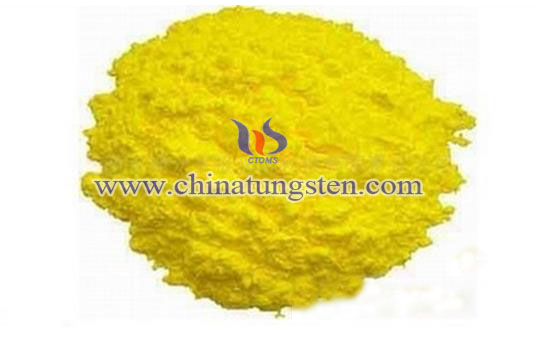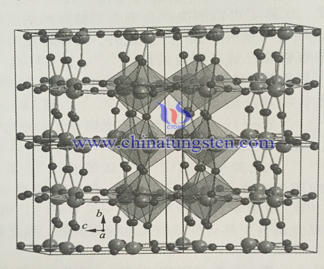Tungsten Oxide Photocatalytically Splitting Water into Hydrogen

WO3 nano material has the advantages of innocuous and unpoisonous, easy to produce, stable property, cost efficient, visible light response. It is a kind of ideal photoanode semiconductor material in photoelectrochemistry reaction and is widely used in photoelectrochemistry field (photocatalytic water splitting, photocatalytic organic pollutant and solar cell.
In 1972, Fujishima and Honda firstly reported that under lighting conditions, using photoelectrochemistry cell composed by TiO2 semiconductor electrode to decompose water into hydrogen and oxygen. From then on many scientific researchers did a lot of study on other oxide semiconductors to photocatalytically splitting of water into hydrogen.
Decompose 1mol H2O into hydrogen and oxygen need 273kJ power under normal condition, which equals to 2.46eV. Voltage needed for common electrolysis of water reaction is 1.23V. So if using semiconductor to phorocatalytically decompose water, the theoretical band gap of material should be higher than 1.23eV. In actual reaction, the overpotential and electrode polarization may cause losing power, so the band gap should be 2.0~2.2eV.
According difference in structure of material, the band gap of WO3 is 2.5~2.8eV, it is an ideal photocatalytically splitting water material. Research shows that when pH=0, electrode potential at the bottom of conduction band of WO3 is +0.4V which is higher than regular value, so it can not be used in oxygen evolution reaction. However, due to the strong oxidizability of valance, it can be used to produce oxygen by decomposing water.
In 1976, scientist Hobes from Israel firstly used WO3 in photocatalytically splitting of water into hydrogen. Compared to TiO2 photocatalyst, light conversion rate of WO3 is lower. But WO3 has advantages like innocuous and unpoisonous, easy to produce, stable property, cost efficient, visible light response. Besides that, in actual photocatalytically splitting water, WO3 can maintain favorable anti light corrosive property and optical electronic transmission under strong sun light. Thus it is a kind of ideal photocatalyst for splitting water.

